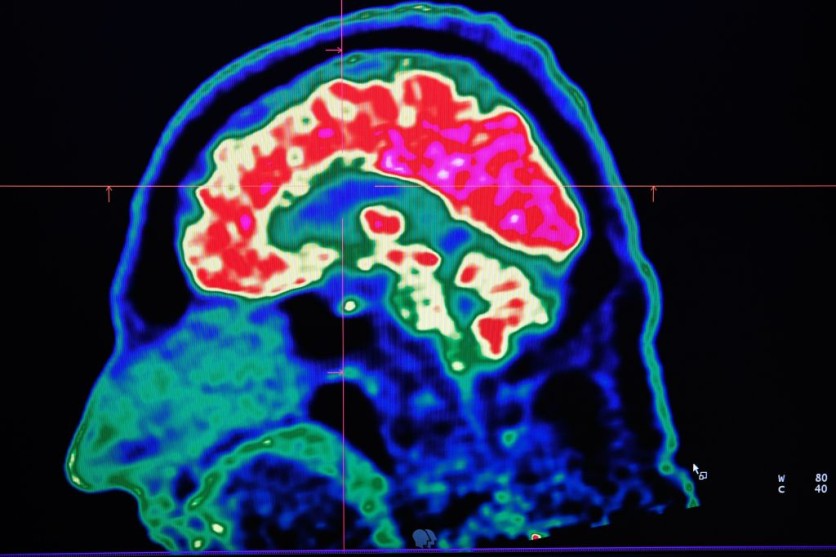York University researchers developed a new Artificial Intelligence (AI) technique that they believe to be more effective than the human eye at predicting brain therapy outcomes, according to MedicalXpress.

The researchers hope that the technology could lead to a more customized treatment plan and better health outcomes for brain cancer patients.
The AI Technique
The novel AI-based predicted method detects radiotherapy failure in brain metastasis. Hence, this will help oncologists and patients make better decisions and adjust treatment in a situation in something as time sensitive as this.
Brain metastases is a cancerous tumor that develops when primary cancers in the breasts, lungs or other parts of the body are spread to the brain via the bloodstream or lymphatic system. Indeed, there are various treatment options, but not all tumors respond well to radiation. In fact, there is still a significant percentage of cancer patients who continue to have tumor growth even after treatment. What makes it even worse is that this is usually not discovered until months after the treatment through MRI.
Such delays are something that brain cancer patients couldn't afford. That is why it is crucial to predict therapy response even before the treatment begins.
Now, machine-learning technique, the researchers developed artificial neural networks that are trained on a large pool of data.
Also Read: Brain Cancer Vaccine Could Give Patients Extra Years Of Life
Neural networks is a complex system of interconnected neurons present in the nervous system. Neurons are specialized cells that are intended to receive, process and propagate electrochemical signals. Moreover, the nervous system is composed of two kinds of cells: neurons and glial cells.
Neurons are excitable cells that can transmit information over long distances via axonal and dendritic processes. Dendrites are the branch-like structure on the cell body of neurons. In addition, the dendrites are covered with a thin membrane that is capable of detecting (and receiving) electrochemical signals.
Furthermore, the axon are long process that conduct electrochemical signals away from the cell body. The axon is covered with a thick membrane. It also contains large numbers of mitochondria. Mitochondria is responsible for the production of ATP (adenosine triphosphate), a chemical that is related to the release of energy. Then, it taught the AI to pay more attention to specific areas.
The AI is equipped with an attention mechanism that helps it learn which part of the MRI images are more important and put more emphasis on the analysis and prediction.
Still, there is more research that needs to be done. So far, the researchers' findings point to AI being a pivotal tool in precision management of brain metastasis and even other types of cancer.
The next step to their study would be to look at a larger cohort with a multi-institutional dataset from their clinical trial.
Related Article: Discovery Of Vulnerability In Brain Tumor Stem Cells May Lead To Successful Brain Cancer Treatment

ⓒ 2025 TECHTIMES.com All rights reserved. Do not reproduce without permission.




